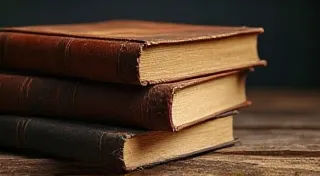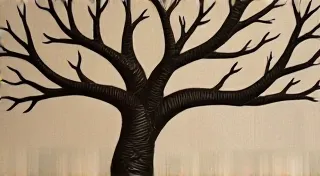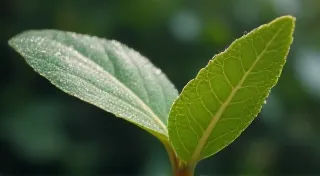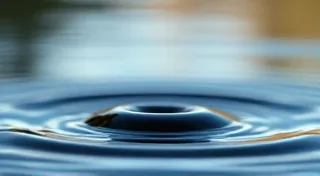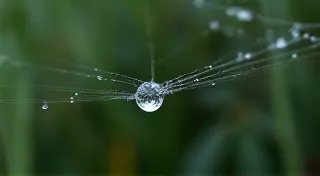Beyond the Surface: The Intricacies of Button Composition and Materiality
There's a certain magic in holding a Victorian button. Not just the aesthetic appeal of its design, but the sense of connection to a past era, a time when craftsmanship and meticulous detail reigned supreme. Each button is a tiny artifact, a whisper from a life lived, a garment worn, a moment preserved. But beyond the visual beauty lies a fascinating story – a story told not just in design, but in the very materials from which these miniature treasures are made. Understanding these materials, and the techniques used to shape them, is key to appreciating their true value, and to responsibly collecting and preserving them.
My own fascination began years ago, rummaging through a dusty box in my grandmother's attic. I wasn't searching for anything specific, just absorbing the atmosphere of forgotten memories. Then I saw them – a small pile of buttons, shimmering with an inner glow. Some were a milky white, others a deep, glassy black. They weren't just fasteners; they were tiny sculptures, each telling a silent story. That moment ignited a passion, a desire to unravel the secrets held within these humble objects.
The Backbone of Victorian Buttons: Bone and Horn
Before the advent of industrial manufacturing, bone and horn were the workhorses of button production. Animal byproducts readily available from the meatpacking industry, they offered a relatively inexpensive and versatile material. Horn, being slightly more durable and workable, often took precedence. Think of them as the denim of the Victorian button world - practical, reliable, and forming the foundation for countless garments.
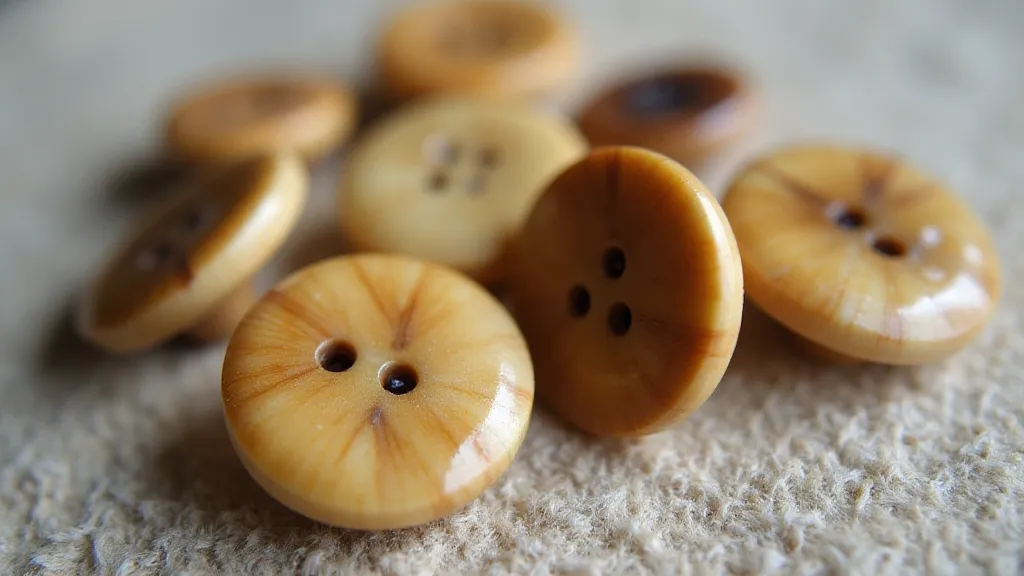
Horn buttons frequently feature a matte finish, sometimes exhibiting faint striations which are inherent to the material. These markings aren’t flaws; they’re signatures, proof of their organic origins. Early horn buttons were often hand-carved, which explains the slight imperfections that are so charming and characteristic of the era. The color palette was naturally limited to shades of cream, beige, and brown, often stained to achieve darker hues. Identifying genuine horn can be tricky; it’s relatively hard, dense, and often has a slightly porous texture. A simple test involves attempting to scratch the surface – genuine horn will resist relatively well, though careful handling is always essential. The skill involved in creating these buttons speaks volumes about the artisan’s hand and the dedication to craft during that period.
Bone, while similar in appearance, tends to be slightly more brittle than horn. It also often exhibits a slightly more translucent quality. Bone buttons were frequently used for more budget-conscious garments and were commonly found on children's clothing or simpler workwear. Knowing the garment type originally associated with a button can offer invaluable clues about its material composition.
The Allure of Mother of Pearl: An Iridescent Luxury
For those seeking a touch of opulence, mother of pearl buttons offered an unparalleled beauty. Derived from the inner lining of seashells, predominantly oysters and mussels, mother of pearl shimmers with an ethereal iridescence that seems to defy description. It wasn't just a fastener; it was a statement, a reflection of status and taste.
The process of extracting and crafting mother of pearl was laborious and expensive, which naturally restricted its use to more affluent patrons and high-end garments. The layers of nacre are painstakingly cut, shaped, and polished, revealing a breathtaking array of colors – from soft pinks and greens to deep blues and purples. The way the light plays across these surfaces is truly mesmerizing.
Identifying mother of pearl buttons isn’t overly difficult. The characteristic iridescence is the most obvious giveaway. It's also notably heavier than other materials and possesses a cool, smooth feel. Be wary of imitations; many modern buttons attempt to mimic the look of mother of pearl, but lack the genuine depth and luminosity.
The Age of Innovation: Vulcanite and Steel
The mid-Victorian era saw a surge in technological advancements, and the button industry was no exception. The introduction of vulcanized rubber, known as vulcanite, revolutionized button production. Vulcanite buttons offered a durable, versatile, and relatively inexpensive alternative to traditional materials. They could be molded into intricate designs and painted in a wide range of colors – something previously impossible with natural materials.

Steel buttons, often intricately stamped or pressed, also became increasingly popular, especially for military uniforms and menswear. The ability to mass-produce these buttons significantly lowered costs and made them accessible to a broader segment of the population. The story these buttons tell is often entwined with the narrative of national pride and the regiment’s regalia, serving as miniature monuments to valor and service.
Distinguishing vulcanite from other dark-colored materials can be tricky. It’s generally lighter than jet and has a slightly rubbery feel. A small scratch test can also be helpful – vulcanite will leave a slightly tacky residue.
Jet: Mourning and Elegance
The Victorian era's preoccupation with mourning led to the widespread use of jet buttons. Jet is a type of lignite, a precursor to coal, that’s prized for its deep black color and glossy sheen. It was particularly favored for mourning jewelry and buttons, worn by those in deep grief.
Jet buttons are typically cold to the touch and significantly heavier than other black buttons like vulcanite. They possess a unique texture, often described as having a slight grain. Because of their association with mourning, jet buttons are often found on garments worn during periods of bereavement – think black crepe dresses and mourning coats.
Beyond Identification: Preservation and Appreciation
Collecting Victorian buttons is more than just acquiring beautiful objects; it's about preserving a tangible link to the past. Proper storage is crucial – avoid direct sunlight, which can fade colors, and fluctuating humidity levels, which can damage materials. Gentle handling is essential – these are fragile artifacts that have survived over a century.
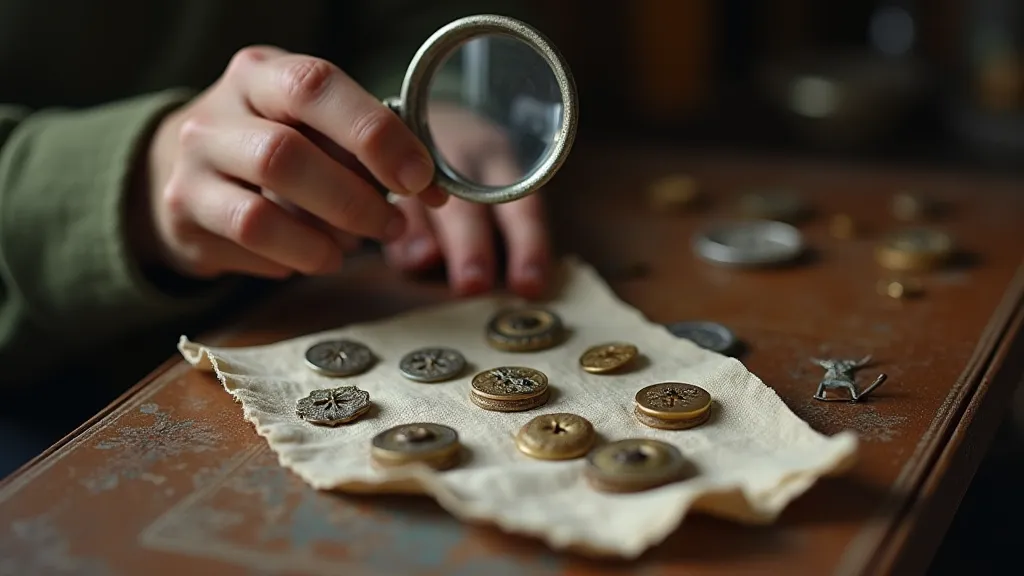
Understanding the materials, manufacturing techniques, and historical context surrounding these miniature treasures enriches the collecting experience immeasurably. Every button tells a story – a story of craftsmanship, innovation, and the lives of those who wore them. The details, the flaws, the subtle variations – they aren't imperfections; they are the echoes of a bygone era, whispering secrets to those who take the time to listen. Considering the overall collection and the narratives held within is a delicate practice, requiring a mindful approach to the silent witnesses they represent, uncovering the stories through antique button collections. They are more than just fasteners; they are ephemeral adornments, testaments to a fleeting moment in time, and exploring ephemeral adornments highlights the fragility and resilience of Victorian button design.
